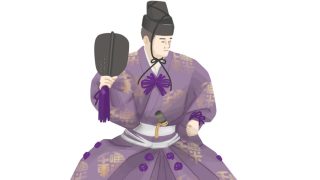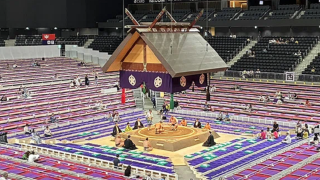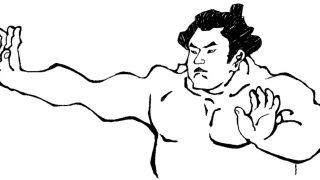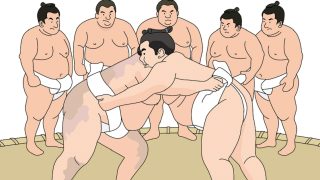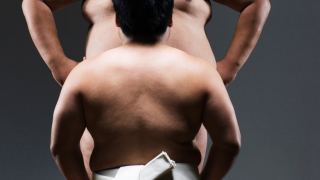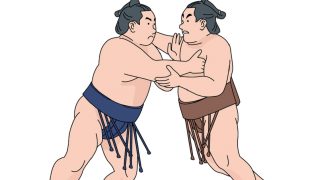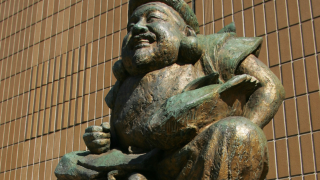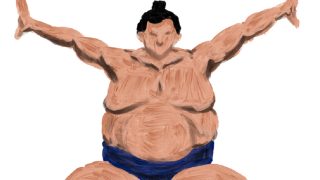 Trivia
Trivia What Is Chirichōzu? An Easy-to-Understand Introduction to the Sacred Gesture of Sumo Wrestlers and Its Meaning
Among the many gestures in sumo, Chirichōzu stands as one of the most symbolic acts.When a wrestler quietly brings his hands together, he expresses a prayer that transcends victory or defeat, reflecting the spirit of respect, humility, and purity.This act of cleansing with invisible water captures the essence of the Japanese soul—a harmony between strength and serenity.

